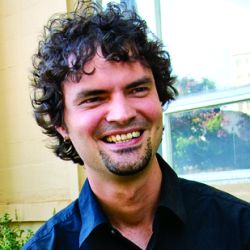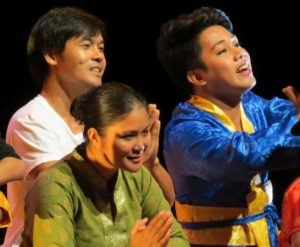In her lead essay entitled, “Worship Discipleship: The Art of Christian Peacemaking,” Tanya Riches notes that the artist has always played a significant role in the church’s witness and yet the arts are rarely evaluated as a tool of discipleship. Using this as her point of departure, Riches explores how art in worship may be used today to move Pentecostal/Charismatic worshippers towards right Christian belief (orthodoxy), but also right emotion (orthopathy), and finally, right action (orthopraxy) concerning their religious “others.” To do this, Riches investigates whether more affective or emotional forms of worship may develop or train Christians to undertake peacemaking and resist violence by encouraging compassion and love for their religious “other.” It examines the role of what may be called the worship arts, or, arts used in the congregational space, for a particular type of Christian formation.
Responses to Riches’ article include perspectives from a range of scholars. William Dyrness acknowledges the timeliness of the subject and suggests that the church broaden its focus from “art” to a discussion of the aesthetic response to all the elements of worship. How one defines an aesthetic experience and how it is measured or assessed with regard to its impact point to the necessity of primary research and also raises questions about which methodologies are the most appropriate or effective for doing so.
Swee Hong contends that the function of music-making in the Evangelical/Pentecostal psyche needs to be enlarged to include orthopraxis. Too often, for many congregations in this spiritual stream, music-making is reduced to solely experiencing God in an intimate individualized encounter rather than responding to Jesus’ command to love one’s neighbour. As a result, worship devotion is divorced from advocacy for the marginalized.
According to Mark Torgerson, the limited amount of data collected by Riches, including the lack of explicit references to world religions or conflict and violence, combined with the complexity of discipleship, signal the need for a research agenda that more fully engages the linkages between the arts, worship, interfaith dialogue and peacemaking. In response, Torgerson provides a set of constructive questions for moving such a project forward in contexts such as Hillsong.
Noting that evangelically inclined Protestants and charismatic-Pentecostals are often neglected in assessments of worship and the arts, James R. Krabill affirms the arc of Riches’ project. Krabill responds with questions designed to strengthen Riches’ trajectory. Krabill’s queries range from, “How broad and deep is our definition of “undertaking peacemaking” and “resisting violence”? to, “Should God’s people pause to confess and repent of the misuse and abuse of worship arts in encountering the religious “other”?
Paul McGhie proposes that a “found theology” of nonviolence and the “other” may be better identified by examining its place within the counter-world proposed by Hillsong’s liturgy. McGhie suggests that the notions of abundance, wonder and enacted victory define this counter-world and as such, are mechanisms by which to assess its reimagination.
Eric Sarwar frames his response by outlining the significance of oral culture to Islam as well as Sufism’s missionary role in its spread through expressions of music, dance and singing. Given the similarities in performance-alternation in the sacred texts of the Abrahamic religions, Sawar contends that the Psalms represent common ground for musical interfaith dialogue and transformation in public witness between Islam and Christianity.


